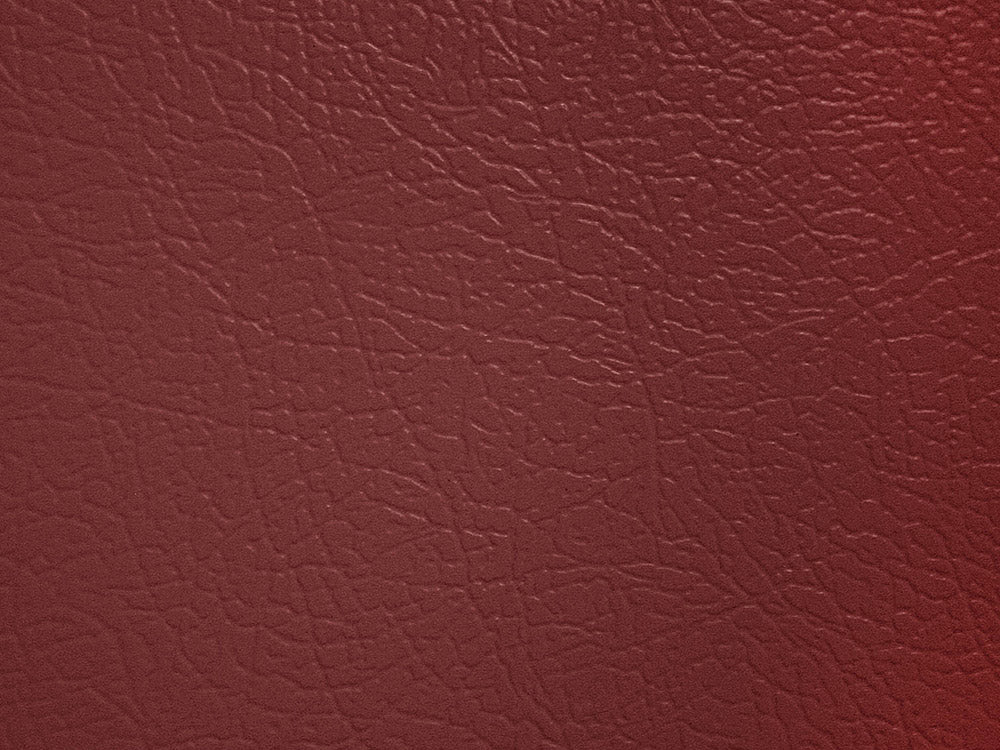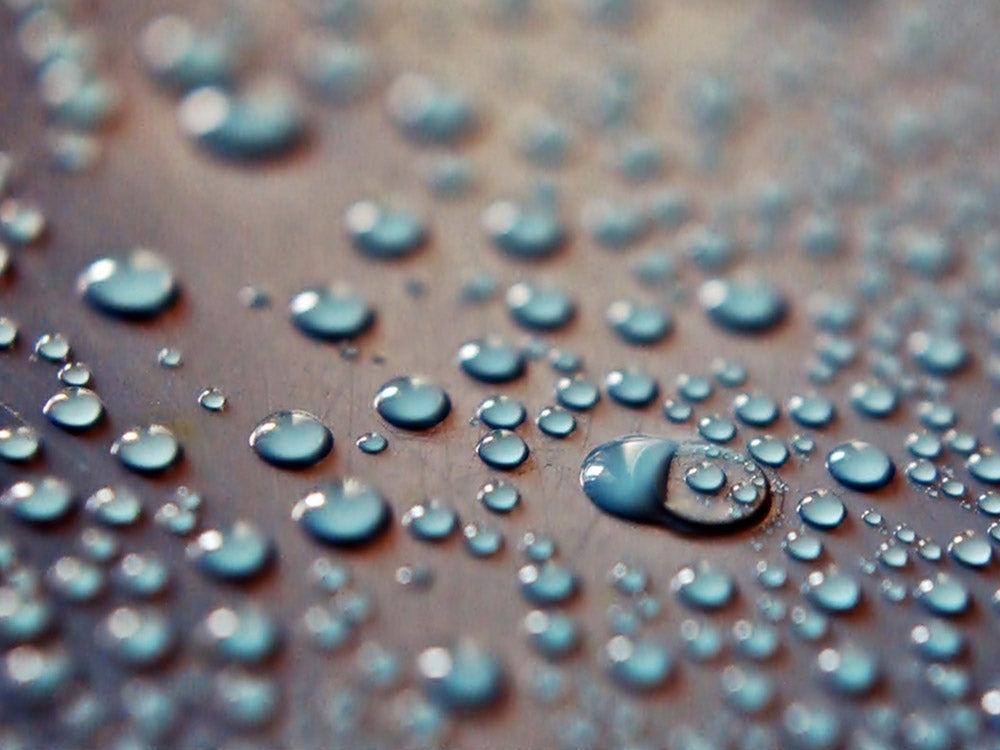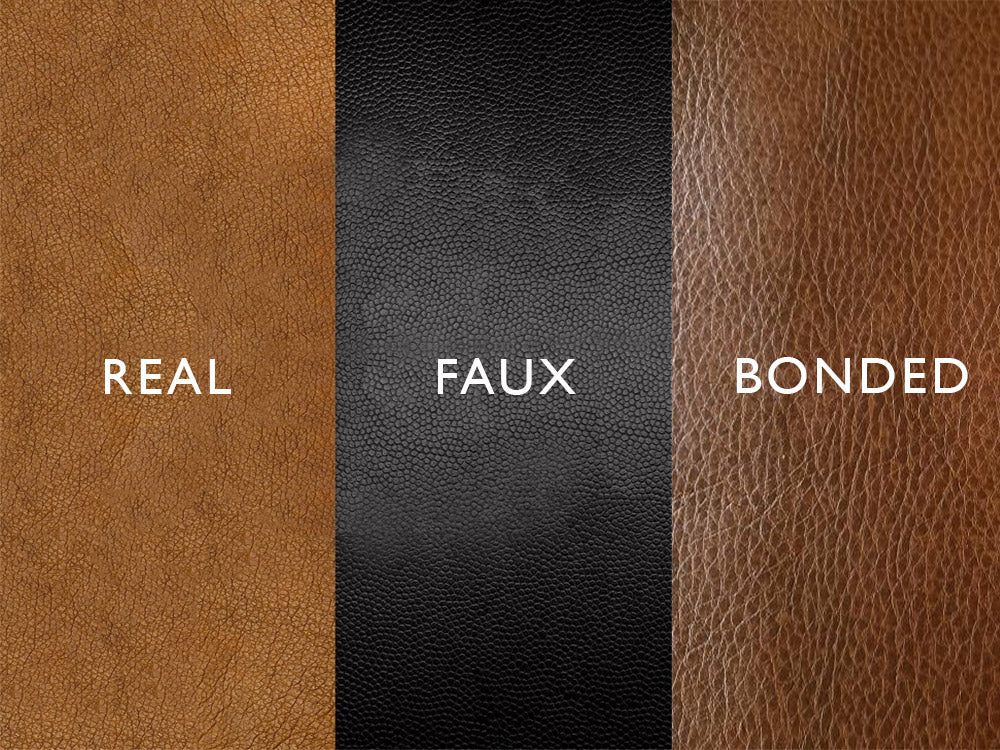Out of many different terms used for artificial leather such as “leatherette”, “imitation leather”, “vegan leather”, “synthetic leather”; “Faux Leather” is the most common one. As the faux leather industry is prospering year by year, differentiating between faux and real leather can be tricky. To give more clarity we have some very useful insights to help you differentiate between real and faux leather while purchasing leather products.
The main and most important difference between the two is that the genuine leather is derived from animal skin such as buffalo, goat, cow which is natural whereas faux leather is manufactured from the plastic base, polyvinyl chloride (PVC), and polyurethane (PU) which is chemically treated. Besides these technical aspects, let’s find what is faux leather and how can someone spot faux leather in some easy steps.
What is Faux Leather?
Faux leather or synthetic leather is often used as a cheaper alternative to real leather. It is used where the properties or the look of real leather are desired, but real leather is too expensive or unsuitable for any reason. Unlike real leather, faux leather is not derived from natural animal skin rather faux leather is a man-made material that is made from polyurethane (PU) or polyvinyl chloride (PVC) which is not natural. Faux leather looks more uniform, smooth, and regular and feels cold to the touch. Faux leather is made from synthetic fabric base such as polyester which is artificially imprinted with leather finish and texture to look like real leather.

Faux leather is soft but feels plastic to the touch. It is water-resistant and also highly resistant to stains. Faux leather is less absorbent and hence much easier to clean. Although faux leather is less durable as compared to real leather, it can still highly resist scratches and cuts which makes it an ideal choice for upholstery.
How Faux Leather Is Created?
There are various methods used for manufacturing faux leathers. Usually, the process starts with a base fabric, and then it is given a leather pattern and finish by binding it with a plastic base material, most commonly used materials are polyurethane (PU) and polyvinyl chloride (PVC).
Synthetic leather manufacturers usually use polyester or cotton as a base material. The base material used for faux leather needs to be suitable for the next steps in the process. After obtaining the base fabric, it is coated with a plastic base coating. For instance, PU leather is made by applying or laminating a polyurethane finish to the base material whereas PVC leather fabric is made by combining polyvinylchloride with stabilizers (to protect), plasticizers (to soften), and lubricants (to make it flexible), and then applying to the base material. Faux leathers can be made in various textures and colors.
Is Faux Leather Durable?
Faux leather is highly durable and made to last long. It is still highly resistant to scratches, scrapes, and cuts and does not tear apart easily. It does not retain much moisture and is mostly waterproof which makes it stain-resistant and easier to clean. But it is still not as durable as real leather. Unlike real leather products, faux leather products do not age well. It starts to peel and crack after certain years and cannot be restored or conditioned to its original state again. Its high durability at less cost makes it a good choice for upholstery.
Is Faux Leather Waterproof?

Faux leather is made from plastic base coating which is waterproof and hence faux leather can resist water to a great extent. Faux leather is waterproof for as long as the topcoat holds. On the other side, real leather is porous and hence needs to be dried out as soon as possible when comes in contact with water. To make real leather water-resistant, a synthetic waterproof coating needs to be applied but since faux leather is made with a plastic coating it is already waterproofed.
Pros and Cons of Faux Leather
Like any other material, faux leather has both pros and cons. Let’s look at some of them.
Pros
1. Economical
Faux leather is much cheaper and affordable than real leather which makes it an economical alternative to genuine leather.
2. Versatility
Faux leathers are very versatile, they can be made in a wide range of colors, textures, and finish such as glossy and matt as per preference.
3. Low maintenance
Compared to real leather, faux leather requires very little maintenance. It is easy to clean and can be easily wiped out with a dry or damp cloth.
4. Stain-resistant
Unlike real leather, faux leather does not retain moisture and hence is resistant to stains. The stains can be easily wiped out with a dry or damp cloth.
5. Waterproof
Faux leather is made from plastic base coating which is waterproof and hence faux leather can resist water to a great extent.
6. Easy to work with
Faux leather is easier to work upon for craftsmen as it cuts easily and remains sturdy while sewing.
Cons
1. Non-Breathable
Faux leather is not breathable and might feel uncomfortable and sticky to the skin with long usage.
2. Ageing
Unlike real leather, faux leather does not age well and lacks the natural patina. It ages with cracks and peeling off. Over time, faux leather loses its luster and becomes dull.
3. Environmental impact
Faux leather manufacturing creates a substantial amount of environmental waste. It also does not biodegrade easily and chemicals used in faux leather contribute to overall environmental degradation.
4. Durability
Faux leather is less durable as compared to real leather. It gets cracked easily and is vulnerable to puncture and tear.
5. Smell
Faux leather doesn’t have the natural smell of leather, which some consumers actually prefer. Faux leather might have a plastic-like chemical smell which might not be preferred by many.
Faux Leather vs. Real Leather vs. Bonded Leather
Now that we know what is faux leather, let’s see how it is different from real leather and bonded leather.

Manufacturing
Faux leather is derived from synthetic materials that mimic the appearance and texture of genuine leather and do not include animal hide at all. Whereas real leather is genuine leather derived from animal skin. Bonded leather is made from the scraps and fibers left over from manufacturing genuine leather, mixed with a polyurethane binder. The scraps of leather are first made into a pulp and then stuck to a fiber which is then coated with polyurethane and embossed to give Bonded leather the appearance of genuine leather.
Appearance
Real leather has natural imperfections and has a natural grain pattern and is soft to feel. Faux leather has a uniform and consistent appearance whereas bonded leather is the easiest to spot, it looks most synthetic, like plastic, and is thinner than real or faux leather.
Cost
Out of all three, real leather is the most expensive as it is difficult to manufacture and is the best in quality. Faux leather is cheaper than real leather as it is much easier to manufacture and has moderate durability. Bonded leather is the cheapest among the three because it’s the thinnest and made up of scrap leather.
Durability
Real leather is the most durable among all and gets better with time, whereas faux leather is less durable than real leather and cracks after some time. Bonded leather is the lowest grade of leather. Bonded leather has a short lifespan as it scratches and peels off very easily.
How to Differentiate Between Real Leather and Faux Leather?
As we know that real leather is much expensive than faux leather, it is important to be able to identify if what you are paying for is real leather or faux leather. Besides the technical aspects, let’s find how someone can spot faux leather in some easy steps.
Visible Characteristics
Real leather doesn’t have a perfectly smooth texture as each animal hide has its unique texture and imperfections which make it look natural. Real leather has a very distinctive texture and wrinkles when touched or pressed. Whereas faux leather has a very smooth, synthetic, and plastic-like finish due to chemical treatments. It has an even unnatural and uniform texture.
Examine the pores
Finally, when determining if the leather is faux or real, be sure to check the pores of the leather. Just as before, if it seems too perfect it is probably too good to be true. Real leather has an inconsistent pattern of pores because it is natural. In contrast, artificial manufactured leather has a consistent, repeating pattern.
Leather Smell
Real leather has a natural animal skin smell that cannot be added artificially. The leather smell is one of the important features that can distinguish real leather from fake leather. Faux leather might be either odourless or has a plastic chemically smell that smells synthetic and artificial.
While purchasing any leather products, such as leather bags, accessories, furniture etc. keeping these things in mind you can easily spot if the leather is real or faux and make your choice accordingly.
Conclusion
While both faux leather and real leather have their merits and demerits, the final choice among them depends on the personal preference of the end consumer. Faux leather is a cheaper alternative to real leather but as the price of faux leather is less, so is the quality as compared to real leather. Real full-grain leather products will last for a long time and will age with natural patina over time which makes it worth paying extra dollars as compared to faux leather.




 Mobile/What's App/Wechat
Mobile/What's App/Wechat E-Mail
E-Mail ADD
ADD




